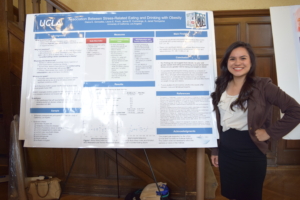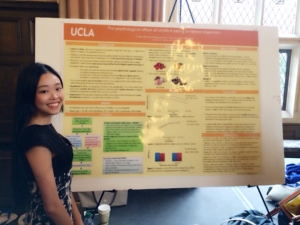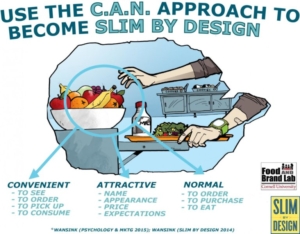Misperceptions about children’s weight (and what to do about it!)
As you may know, Dr. T was featured in Larry Mantle’s KPCC Air Talk last week where she discussed the issue of parent’s misperceptions of their children’s weight and what parents can do in order to improve their children’s health habits. If the thought-provoking interview intrigued you, here is some more information about the NYU study that served as the background for the interesting talk:
Researchers from the NYU Langone Medical Center found in their recent study published in the journal Childhood Obesity that along with the great increase in childhood obesity over the last decades, there also seems to be an increase in the discrepancy between children’s weight and their parent’s perception of their weight.
The researchers analyzed data from the National Health and Nutrition Examination Survey (NHANES), and studied two groups of children ages 2-5, the first group from 1988-1994, and the second group was studied between 2007-2012. The data was collected through surveys that asked parents whether they considered their children to be overweight, underweight, or just about the right weight. Most parents reported that they though their child’s weight was “just about right”.
What is so interesting about this data is that even though the rate of childhood obesity has increased dramatically over this period, the rate of parents who think their child is obese has remained constant. That is; at both points in time most parents described their child’s weight is “just about right”, yet the actual weight of the children is drastically different.
Jian Zhang, senior author of the study and an associate professor of epidemiology at Georgia Southern University, emphasizes that parental recognition of their child’s overweight status is paramount to obesity prevention efforts.
However, as Dr.T stated in the interview, this issue is fairly complicated and there are many important considerations to take when deciding how to deal with childhood obesity. A longitudinal study conducted by Jeff Hunger and Dr. T has indicated that calling girls “fat” when they’re age 9 increases the risk of obesity 9 years later in life, which emphasizes the importance of understanding implications of a negative body image. “Childhood and adolescence is a time when risk for eating disorders and negative self image starts up, so it is important to be super careful about what you say to your child”, Dr. T explains in her interview with Mantle. You can read more about Dr. T and Jeff Hunger’s longitudinal study here.
So how do we deal with childhood obesity then, one might ask. “Take the focus off weight and re-shift to what the child is doing (health behaviors)”, Dr. T says. These are things that your child can change and something you can talk to your child about – don’t focus on the number on the scale. As Dr. T stated in the interview “there is a way to instill healthy habits in your children without mentioning the number on the scale”.
Read more about the NYU study here, and if you missed Dr. T’s radio talk and want to get more insights into how to tackle this complicated issue, here is the link. http://www.scpr.org/programs/airtalk/2015/05/13/42832/how-to-talk-to-children-about-weight/




